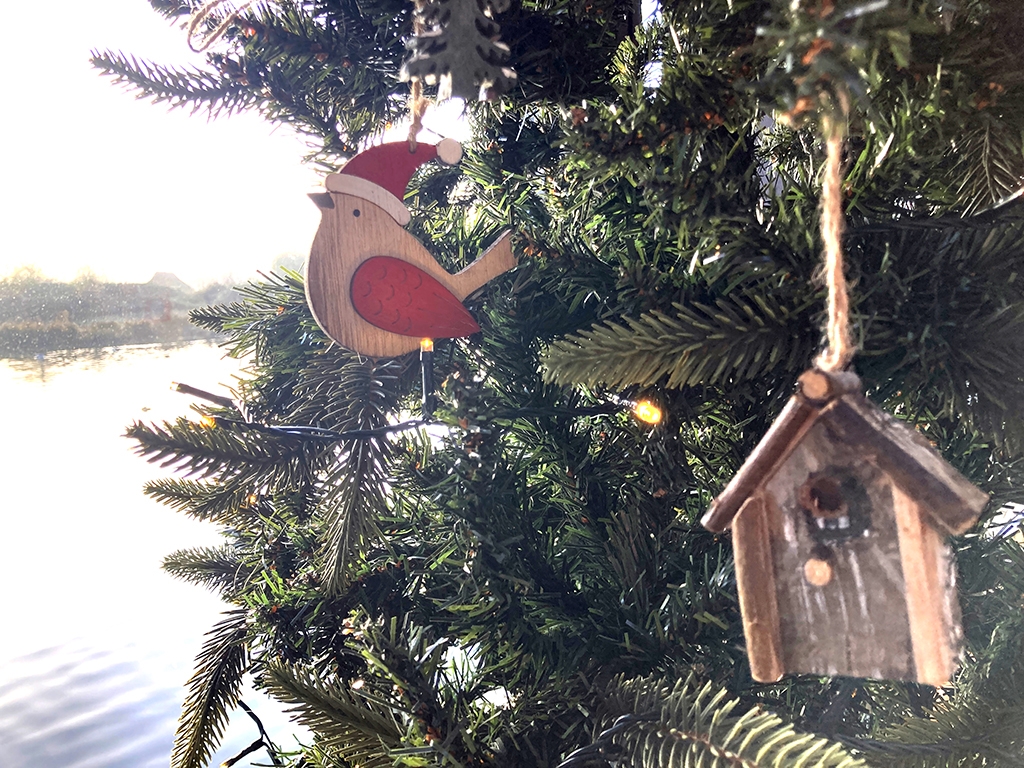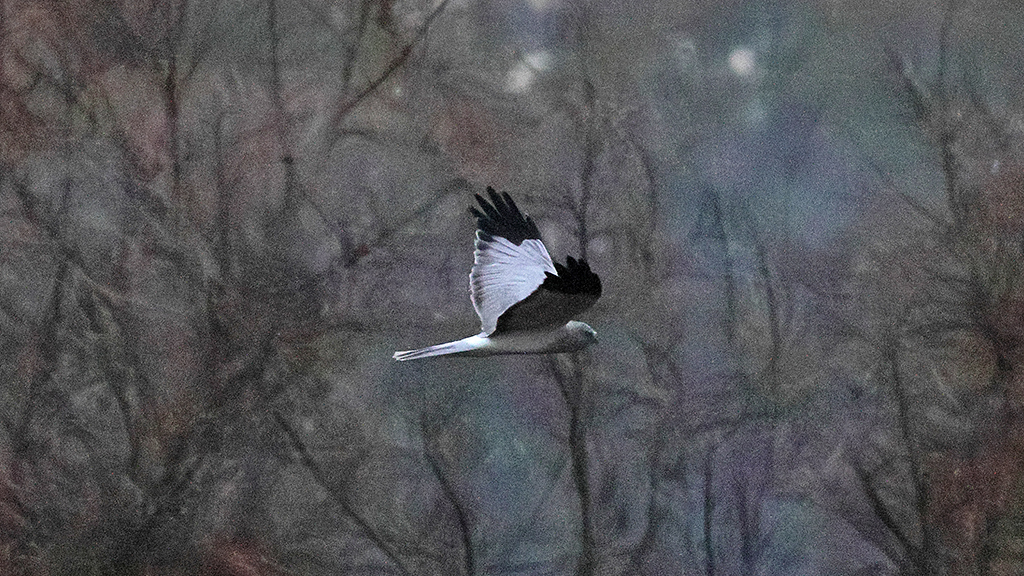Wild February
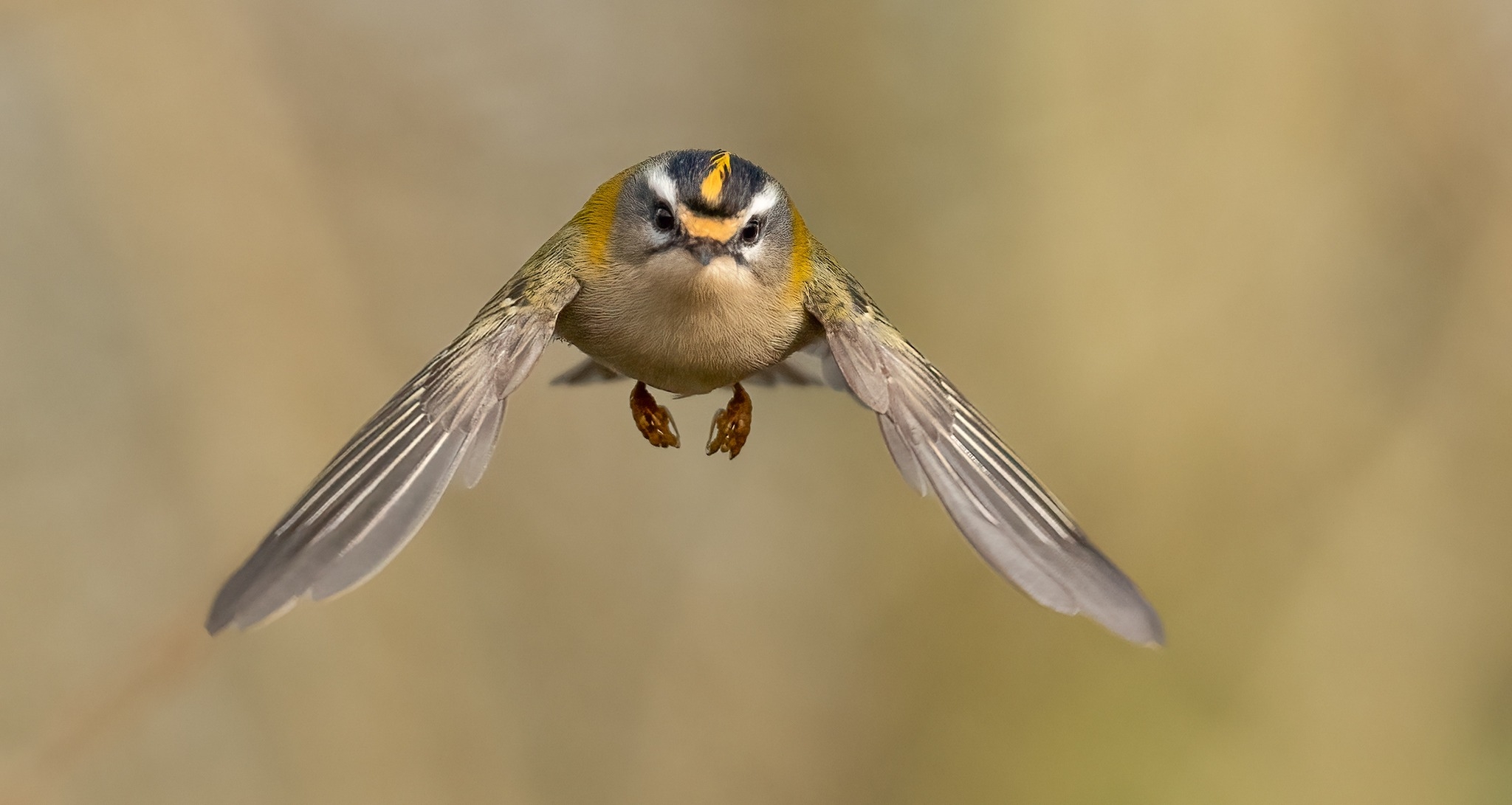
The primroses and snowdrops starting to flower and even the odd daffodil in bud, giving us hope that spring is just around the corner.
Birds are starting to sing in earnest and there is much displaying from drakes in their finest plumage. Our Reserve team have finished the winter reedbed cuts and have moved onto the works on the hedgerows and repairing and replacing the nest b0xes of birds, bats and dormice to prepare for our wildlife surveys before wildlife starts moving back in March.
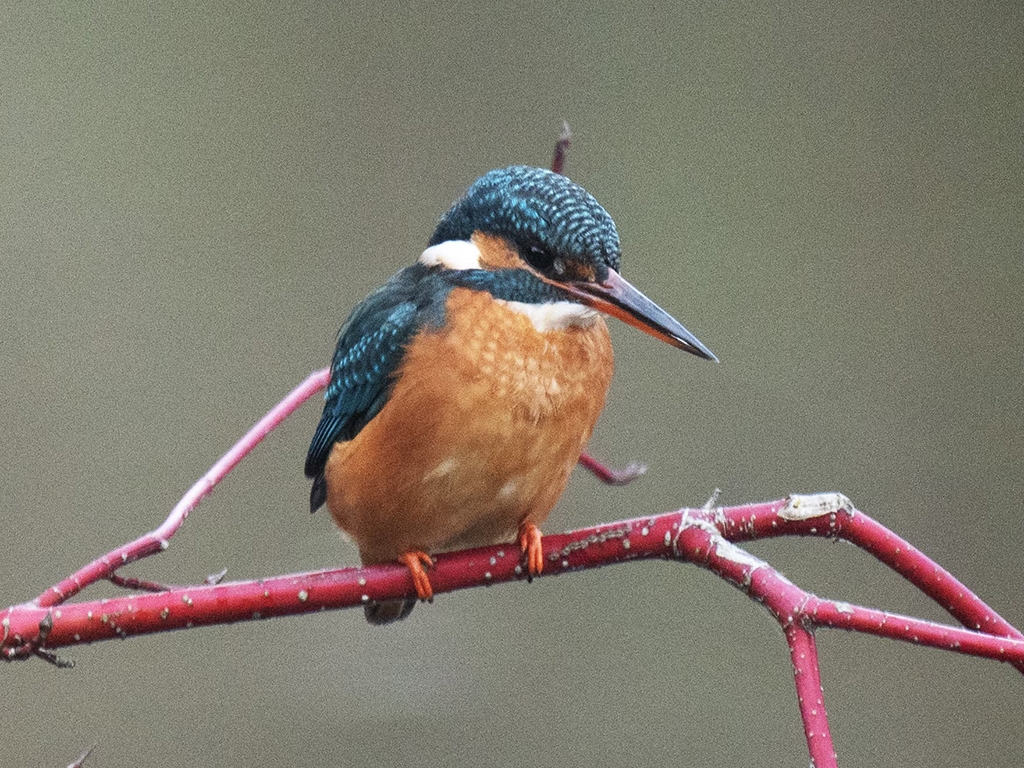
Kingfishers darting about! Photo: Gilliam Fowler
This month we have good numbers of shovelers, teal, gadwall and shelduck on the large lagoon. Kingfishers are still darting around all over the place and we have had a lot more water rail than usual throughout the winter. Unfortunately numbers of pochard and tufted duck have been lower than usual.
Little Grebe
It has been nice to see little grebes using our site a bit more this winter. This species used to regularly breed here, but not for several years. The built nests of water weeds in clumps of sedge right on the water - you could see the nests from the Wetlands Discovery Boat Safari. Hopefully they will decide that it’s a good place to once again raise young, with a bountiful supply of fish in our water bodies.
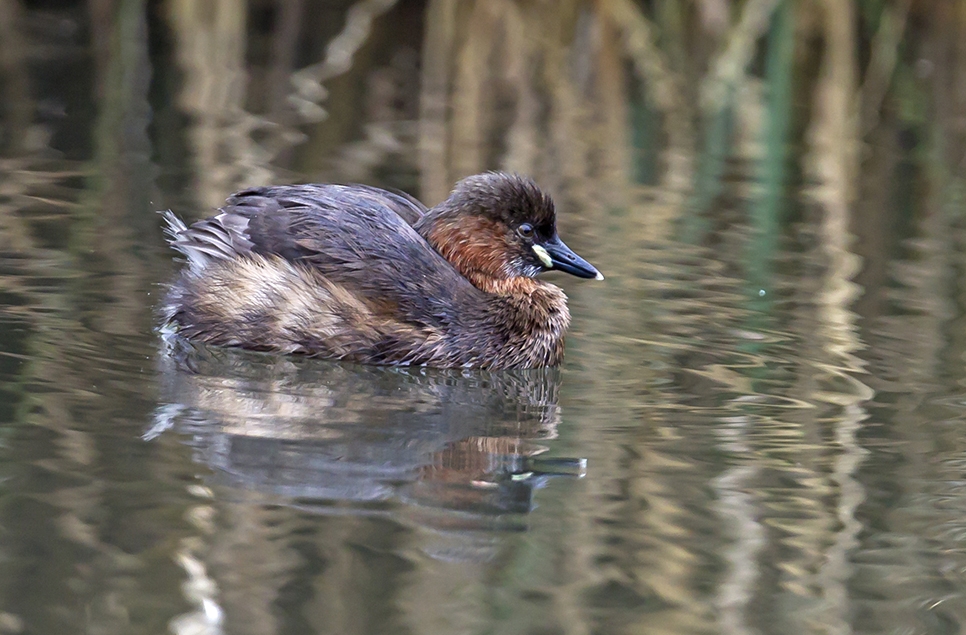
Little Grebe
Good winter for Shelduck
Shelduck is another species that used to breed on site, but not for some time now. With up to 25 birds on site throughout the winter, we hope that at least a few pairs will remain to breed. Shelducks like to nest in cavities and will use old animal burrows, trees, or rock crevices.
More Lapwing, fewer Marsh Harriers
There have been fewer marsh harriers roosting in the reedbeds than this time last winter, but lapwing numbers have been quite good. Hopefully the lapwing will fare better this breeding season and we are already starting to see display flights on warmer days.
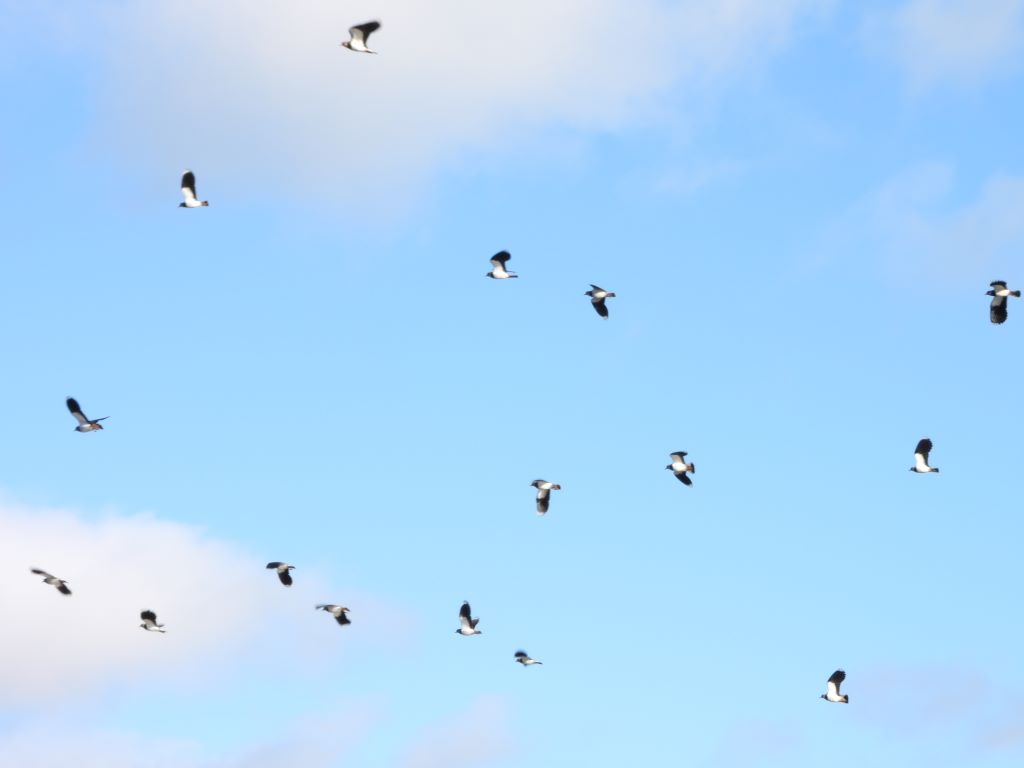
Lapwing in flight over Arundel Photo: WWT volunteer Andrew Burns
Firecrests and Bullfinches
Firecrest and bullfinch have been showing particularly well around brambly hedges, even allowing photographs on occasion! Topping this article and newsletter is fantastic photo by regular visitor Alec Pelling. Firecrest and gold crest are fast movers in the hedgerow so the many photos we've seen from visitors this winter show how many or you have spotted them. Bullfinches are a favourite too, with reports coming in from the Tranquil Trail, near the Ramsar hide.
Geese prospecting for nesting sites
Canada and greylag geese have been appearing in large numbers throughout the day, with pairs already prospecting for their usual nesting sites. It always surprises me how site faithful birds are, both in terms of where they roost and where they nest. I can almost guarantee where nests will be for various species, but there are always surprises too!
